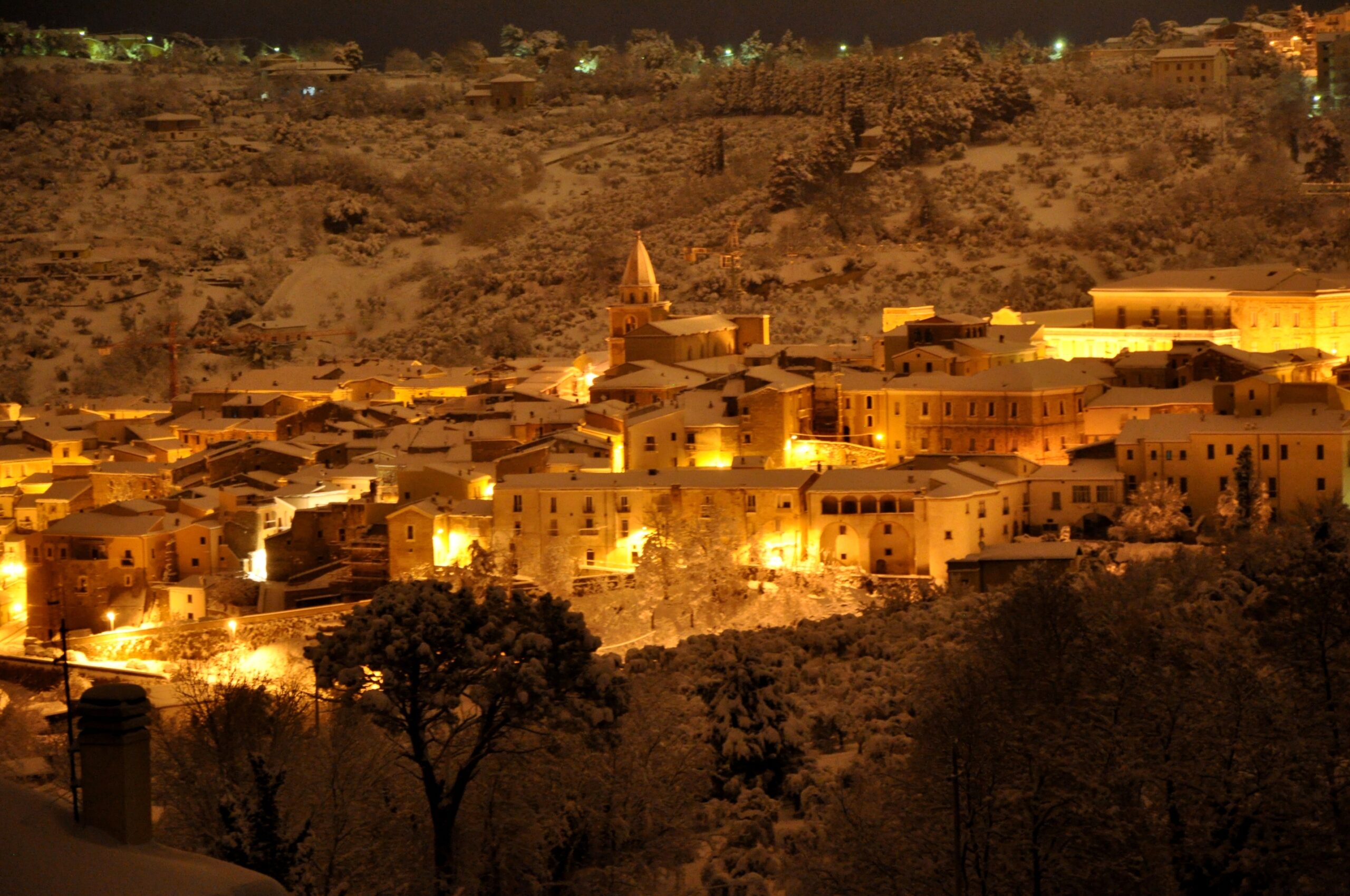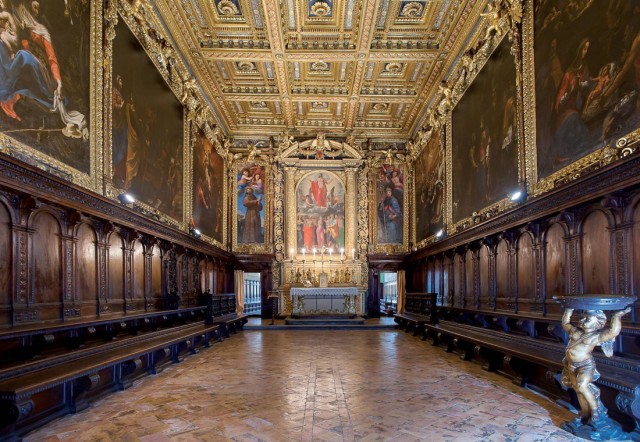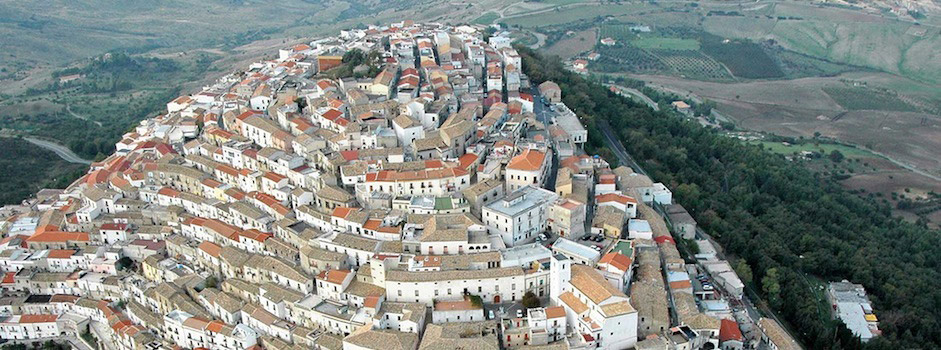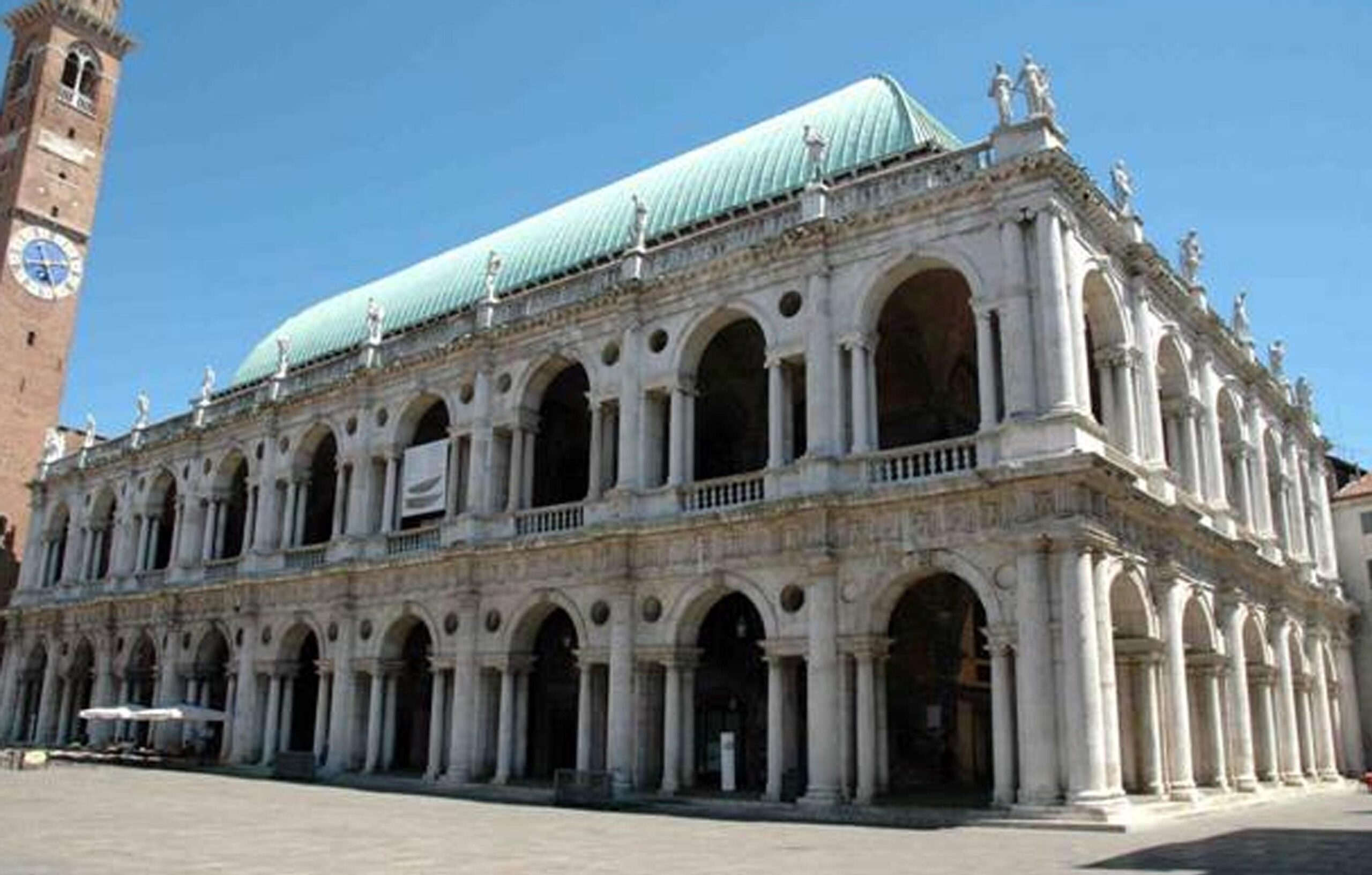It was first a very important Samnite garrison and then a Roman municipality; clear evidence of this past can be found in the territory.
In the Lombard period it was chief town of one of the counties, part of the Duchy of Benevento; later it was part of the county of Loritello.
The ancient settlement, as evidenced by archaeological remains, was located in the upper part of the territory, right there where the new town is expanding. With the advent of the Saracens and their destruction and seismic events, the population was induced to gradually abandon the old site and move further downstream, where they felt they had greater guarantee for defense. Of the ancient remains there is the amphitheater, medium in size, elliptical in shape, with four entrances that allowed the different tiers of tiers to be reached.
Among the most important buildings in the old town is the Cathedral, built in the 12th century, which shows, on a typically Romanesque layout, the signs of the Gothic style, found especially in the use of the ogival arch.
Definitely from the Renaissance period is the Chapel of the Annunciation with the archway defined by two pilasters adorned with bas-reliefs inside which the altar was once inserted. The adjoining bell tower, built in 1451 by master Giovanni di Casalbore, stands mightily on a pointed arch.
Near the cathedral is the Church of St. Francis, built in the early 14th century after Pope Clement V allowed the Franciscans to build a monastery in Larino. The church was transformed in the 18th century in Baroque style on the original layout.
The Renaissance-style Ducal Palace was built on a medieval layout. Inside the ducal palace has taken its place the civic museum, which houses all the most interesting artifacts found in the area, such as precious polychrome mosaics and a small collection of epigraphs.













